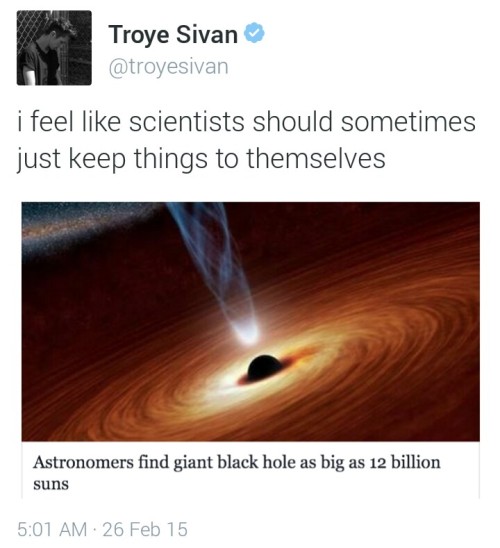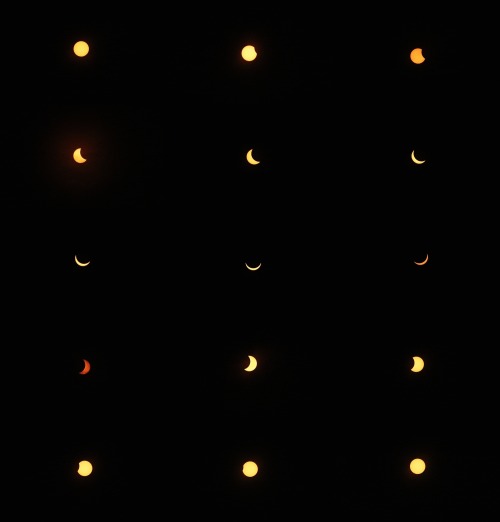Colors Of Earth
Colors of Earth
When we think of our globe from a distance, we generally visualize two colors: blue and green. Water and land. Mostly water, consequently, our planet’s nickname of the blue marble.
Traveling around the globe every 90 minutes covering millions of miles with a focused lens on our beautiful planet from 250 miles above, I’ve captured many beautiful colors beyond blue and green that showcase Earth in new and interesting ways. Some colors are indicative of nature like desert sands and weather like snow. Other colors tell stories of Earth’s climate in bright splashes of yellows and greens of pollen and muted grey tones and clouded filters of pollution.
Blue and green still remain vivid and beautiful colors on Earth from the vantage point of the International Space Station, but here are some other colors that have caught my eye from my orbital perspective.

African violet

Bahamas blues

Tropical in Africa

Yellow desert

Orange in Egypt

Red surprise

Snow white
Follow my Year In Space on Twitter, Facebook and Instagram!
More Posts from Intergalacticnerd and Others



NASA Astronomy Picture of the Day 2016 January 27
An Airglow Fan from Lake to Sky
Why would the sky look like a giant fan? Airglow. The featured intermittent green glow appeared to rise from a lake through the arch of our Milky Way Galaxy, as captured last summer next to Bryce Canyon in Utah, USA. The unusual pattern was created by atmospheric gravity waves, ripples of alternating air pressure that can grow with height as the air thins, in this case about 90 kilometers up. Unlike auroras powered by collisions with energetic charged particles and seen at high latitudes, airglow is due to chemiluminescence, the production of light in a chemical reaction. More typically seen near the horizon, airglow keeps the night sky from ever being completely dark.


Orion and the Horse-head in Infrared
This wide image of the Orion Molecular Cloud Complex features the Flame nebula (NGC 2024) and the Horsehead nebula (NGC 2023). In this infrared image, the Horsehead can be seen on the bottom right as a small wisp of gas protruding from the complex. The colors in this image do not represent visible light because it was imaged with the Spritzer Space Telescope - which can only see infrared light. As a result, scientist must map temperatures to colors. Cooler objects, such as the dust of the nebulae, appear green and red and hotter objects appear more blue. Astronomers are essentially “shifting” the infrared light into the visible spectrum.
Credit: NASA/JPL/Cal Tech
deep sea documentaries have me like

What Are the Bright Spots on Ceres?

Dwarf planet Ceres has more than 130 bright areas, and most of them are associated with impact craters. Now, Ceres has revealed some of its well-kept secrets in two new studies in the journal Nature, thanks to data from our Dawn spacecraft.
Two studies have been looking into the mystery behind these bright areas. One study identifies this bright material as a kind of salt, while the other study suggests the detection of ammonia-rich clays.
Study authors write that the bright material is consistent with a type of magnesium sulfate called hexahydrite. A different type of magnesium sulfate is familiar on Earth as Epsom salt.

Researchers, using images from Dawn’s framing camera, suggest that these salt-rich areas were left behind when water-ice sublimated in the past. Impacts from asteroids would have unearthed the mixture of ice and salt.
An image of Occator Crater (below) shows the brightest material on Ceres. Occator itself is 60 miles in diameter, and its central pit, covered by this bright material, measures about 6 miles wide. With its sharp rim and walls, it appears to be among the youngest features on the dwarf planet.

In the second nature study, members of the Dawn science team examined the composition of Ceres and found evidence for ammonia-rich clays. Why is this important?
Well, ammonia ice by itself would evaporate on Ceres today, because it is too warm. However, ammonia molecules could be stable if present in combination with other minerals. This raises the possibility that Ceres did not originate in the main asteroid belt between Mars and Jupiter, where it currently resides. But instead, might have formed in the outer solar system! Another idea is that Ceres formed close to its present position, incorporating materials that drifted in from the outer solar system, near the orbit of Neptune, where nitrogen ices are thermally stable.

As of this week, our Dawn spacecraft has reached its final orbital altitude at Ceres (about 240 miles from the surface). In mid-December, it will begin taking observations from this orbit, so be sure to check back for details!
ake sure to follow us on Tumblr for your regular dose of space: http://nasa.tumblr.com

The Belt of Venus is a pink glowing arch seen across the sky when the shadow of the Earth’s translucent atmosphere casts a shadow back upon itself.

Shuttle Plume Shadow Points to the Moon
In early 2001 during a launch of Atlantis, the Sun, Earth, Moon, and rocket were all properly aligned for this photogenic coincidence. First, for the space shuttle’s plume to cast a long shadow, the time of day must be either near sunrise or sunset. Only then will the shadow be its longest and extend all the way to the horizon. Finally, during a Full Moon, the Sun and Moon are on opposite sides of the sky. Just after sunset, for example, the Sun is slightly below the horizon, and, in the other direction, the Moon is slightly above the horizon. Therefore, as Atlantis blasted off, just after sunset, its shadow projected away from the Sun toward the opposite horizon, where the Full Moon just happened to be.
Image Credit: Pat McCracken, NASA
(via NASA)

-
 irishkae reblogged this · 9 months ago
irishkae reblogged this · 9 months ago -
 xjongin liked this · 1 year ago
xjongin liked this · 1 year ago -
 suburbanz liked this · 1 year ago
suburbanz liked this · 1 year ago -
 hey--folks liked this · 4 years ago
hey--folks liked this · 4 years ago -
 lockvogel liked this · 4 years ago
lockvogel liked this · 4 years ago -
 wzrd-natalia liked this · 4 years ago
wzrd-natalia liked this · 4 years ago -
 all-that-is-dreamt reblogged this · 5 years ago
all-that-is-dreamt reblogged this · 5 years ago -
 soulintheuniverse liked this · 6 years ago
soulintheuniverse liked this · 6 years ago -
 blueyezgirl68 liked this · 6 years ago
blueyezgirl68 liked this · 6 years ago -
 littleskyscraper123 liked this · 6 years ago
littleskyscraper123 liked this · 6 years ago -
 espadaazul reblogged this · 6 years ago
espadaazul reblogged this · 6 years ago -
 augo-mati-augo-melato reblogged this · 6 years ago
augo-mati-augo-melato reblogged this · 6 years ago -
 augo-mati-augo-melato liked this · 6 years ago
augo-mati-augo-melato liked this · 6 years ago -
 detzallfolk liked this · 7 years ago
detzallfolk liked this · 7 years ago -
 daddys-babygirl222-blog reblogged this · 7 years ago
daddys-babygirl222-blog reblogged this · 7 years ago -
 daddys-babygirl222-blog liked this · 7 years ago
daddys-babygirl222-blog liked this · 7 years ago -
 annoying-bouquet-kitten liked this · 7 years ago
annoying-bouquet-kitten liked this · 7 years ago -
 lazer-panda-fiasco liked this · 7 years ago
lazer-panda-fiasco liked this · 7 years ago -
 princes5spici--kennedy liked this · 7 years ago
princes5spici--kennedy liked this · 7 years ago -
 decimatethestars-blog reblogged this · 7 years ago
decimatethestars-blog reblogged this · 7 years ago -
 lovablexmadamktatum liked this · 7 years ago
lovablexmadamktatum liked this · 7 years ago -
 usedflash-blog liked this · 7 years ago
usedflash-blog liked this · 7 years ago -
 manjiana liked this · 7 years ago
manjiana liked this · 7 years ago -
 wbsjsjsnsjsj reblogged this · 7 years ago
wbsjsjsnsjsj reblogged this · 7 years ago -
 wbsjsjsnsjsj liked this · 7 years ago
wbsjsjsnsjsj liked this · 7 years ago
"Astronomy compels the soul to look upwards and leads us from this world to another." - Plato
147 posts